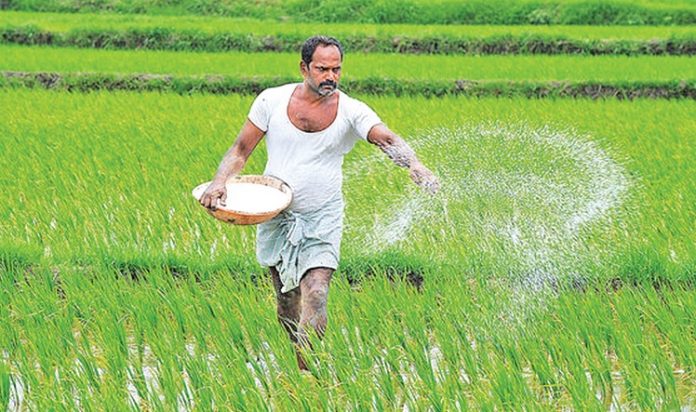In Sri Lanka, one person consumes 108kg of rice per year. In other parts of the world, the average person consumes about 54 kg of rice per year. Facts being so, there is a huge demand for rice locally in Sri Lanka. But tragically the farmer is poor.
Over the past decades, a farmer complains that paddy is not priced properly.
According to the Department of Census and Statistics, the annual rice requirement in Sri Lanka is 2.4 million metric tons. Prior to the economic crisis, Sri Lanka’s yields were in line with Sri Lanka’s demand. It was not only for human consumption but also sufficient for the animal consumption including poultry.
In some seasons where favorable climate was exists the yield of paddy increases. However, even if the yield increases, the demand for rice does not increase. Then the purchase price of a kilo of paddy goes down. For this reason, even if the yield is high, the farmer will not be able to get a higher profit.
Furthermore, the mill owners can have a great influence in determining the purchase price per kilo of paddy as the storage facilities and capital are owned by the mill owners.
As the demand in the local market does not increase as the yield increases, it could apply remedies such as Exploring new markets and Exporting rice to foreign countries .In this context the cost of a kilo of rice and the export price are important.
The average production of one kilogram of rice is needs about 2500 liters of water. The government provides water to farmers free of charge, but there is a huge cost for the maintenance of the ministries such as Mahaweli, Agri, Irrigation. The government also bears the cost of the fertilizer subsidy and many more.
If we calculate the cost per liter of water at 20 cents, Rs. 25 per fertilizer subsidy and Rs. 50 per free services then the actual cost per kilo of rice should be doubled.
Rice cannot be exported at such cost. This is because countries like Pakistan and India, which produce urea and pesticides in their own countries, produce one kilogram of rice at a very low cost. Large scale cultivation of paddy is another reason for low cost.
So the other option we have left is produce value-added by-products from rice. Rice can be used to make milk, wine, beer, whiskey, perfume, bio oil etc.
In Srilanka 25% of workforce is engaged in agriculture, but agriculture contributes only 8% to gross domestic product (GDP). Paddy farmers reports the least labor utility.
The solution is to increase productivity. Cultivated lands in Sri Lanka are as small as chicken coops. Lands have been divided from generation to generation and the present land area has become smaller. It is undisputed fact that, large scale cultivation is less costly.
It is worthy to note 82% of the lands in Sri Lanka belong to the government. Simply, out of the total 6.5 million hectares of land in Sri Lanka, 5.4 million hectares belong to the government. These should be released for cultivation.
This makes it clear that present day agriculture is a job something like spending by own and look after the cattle.







